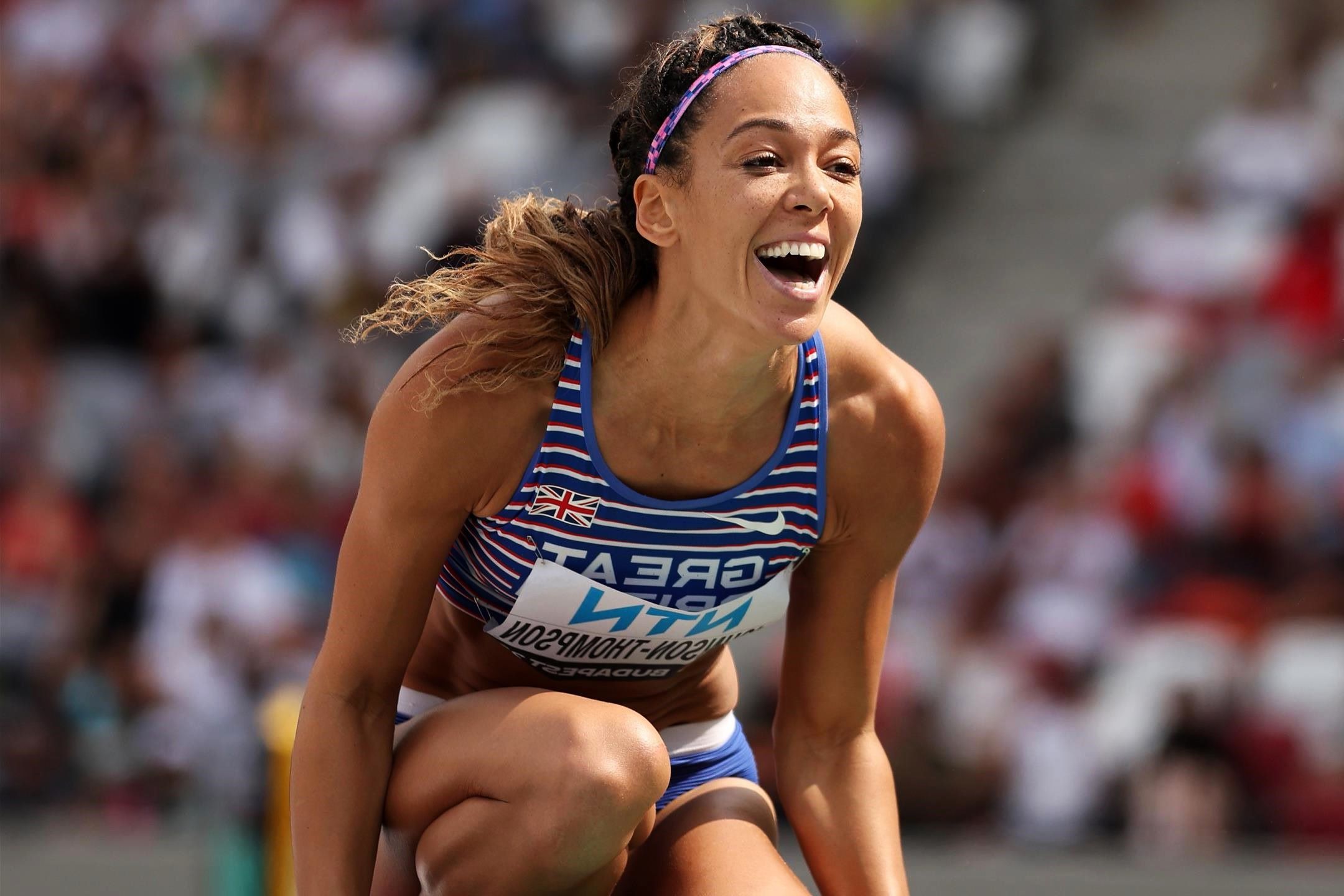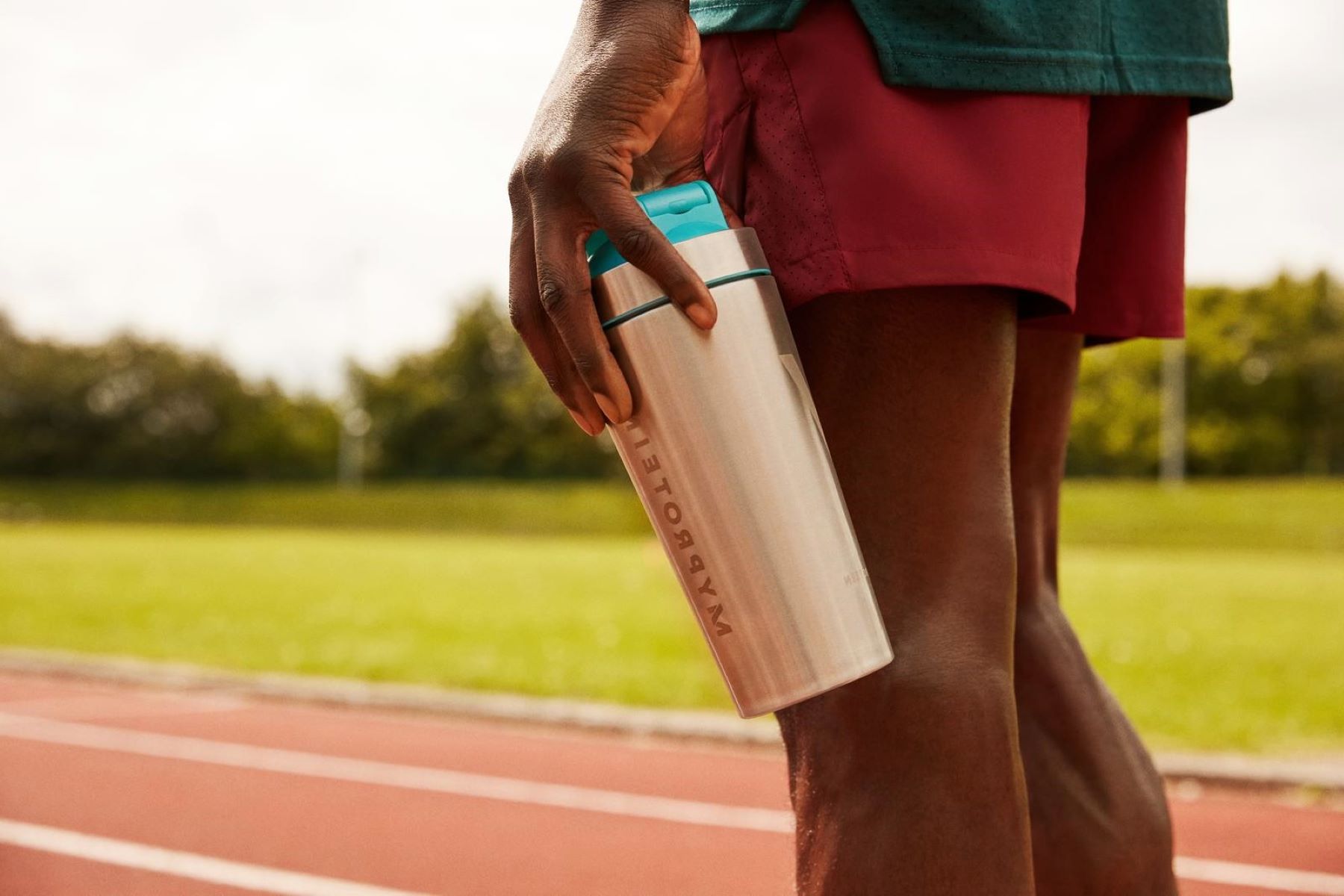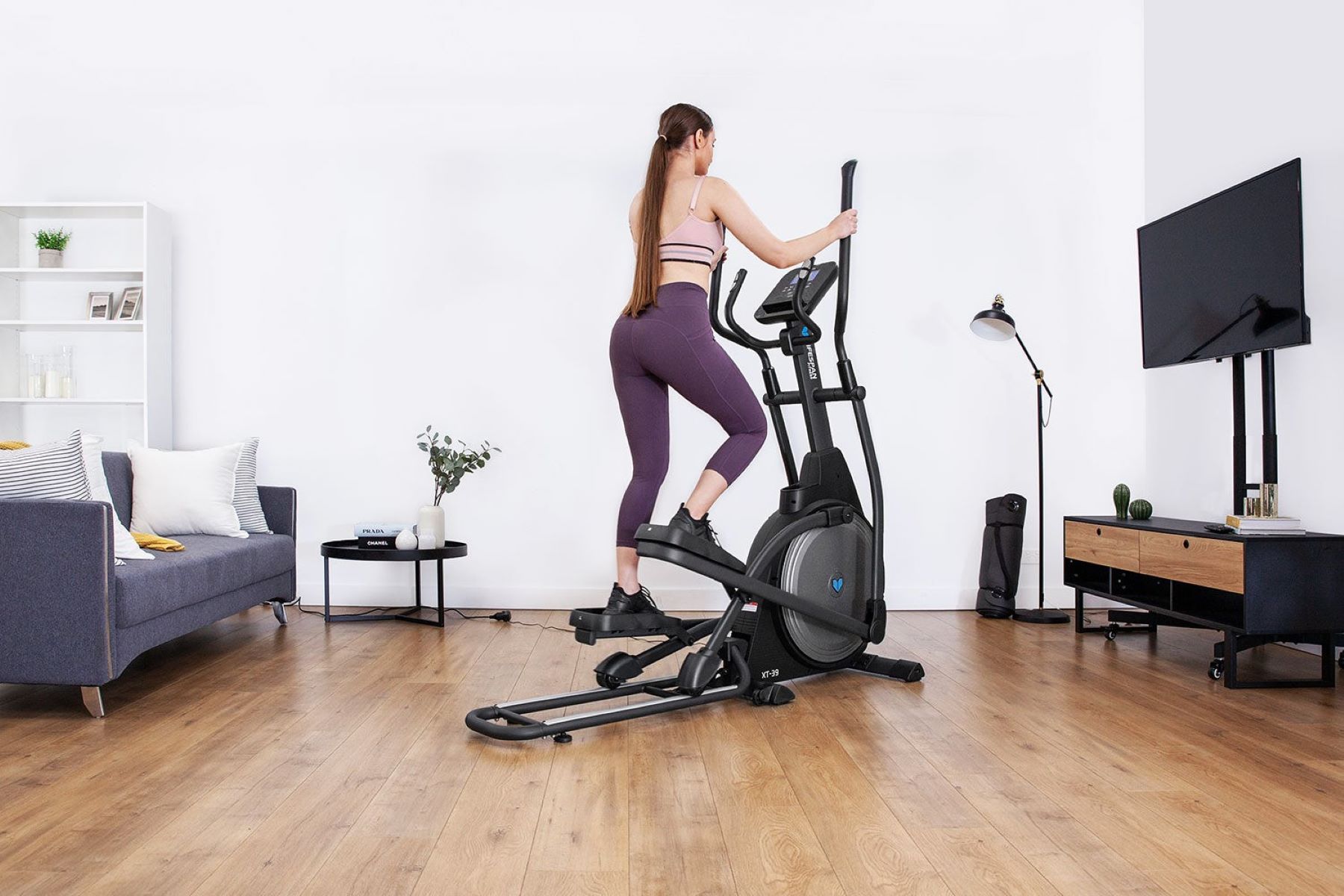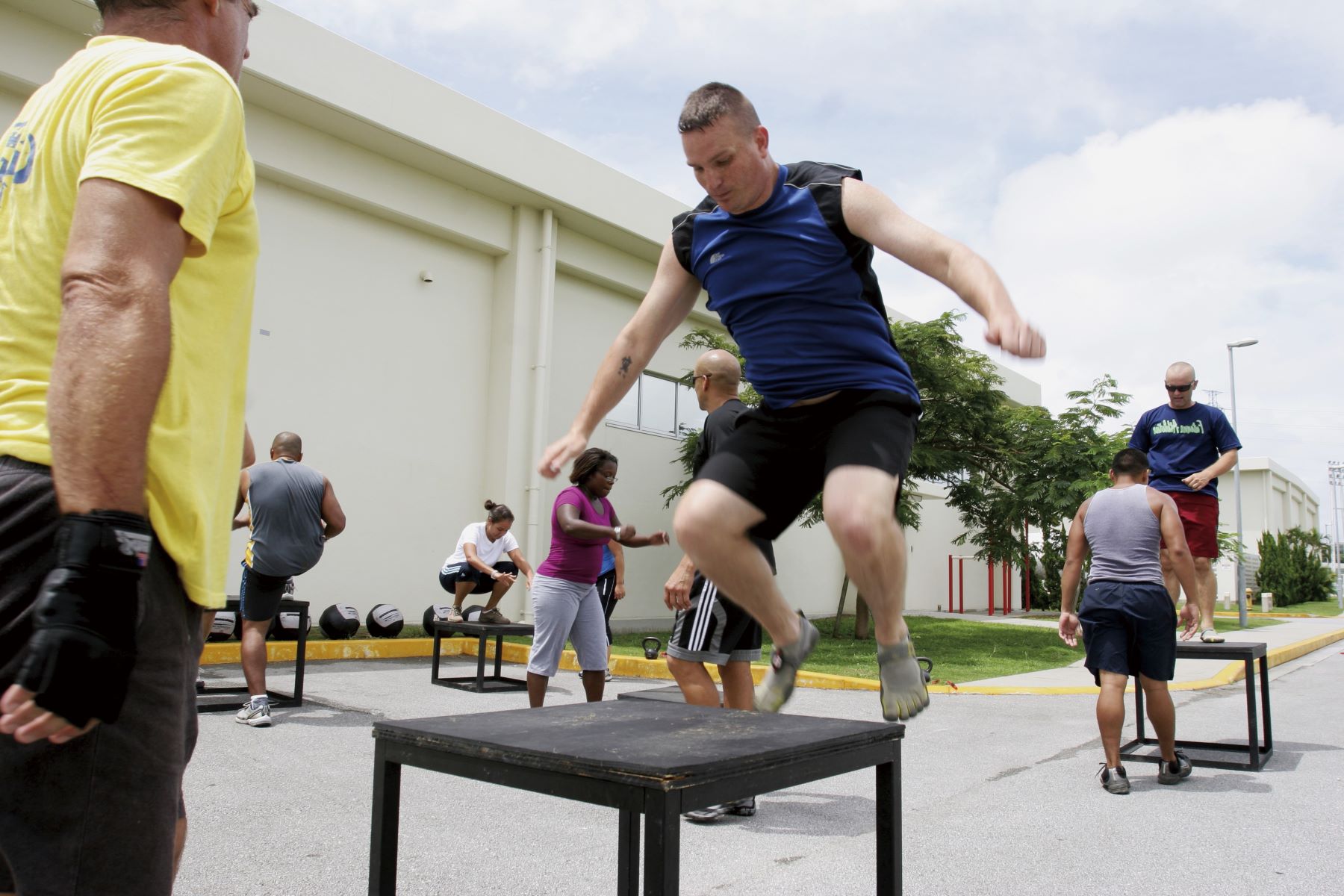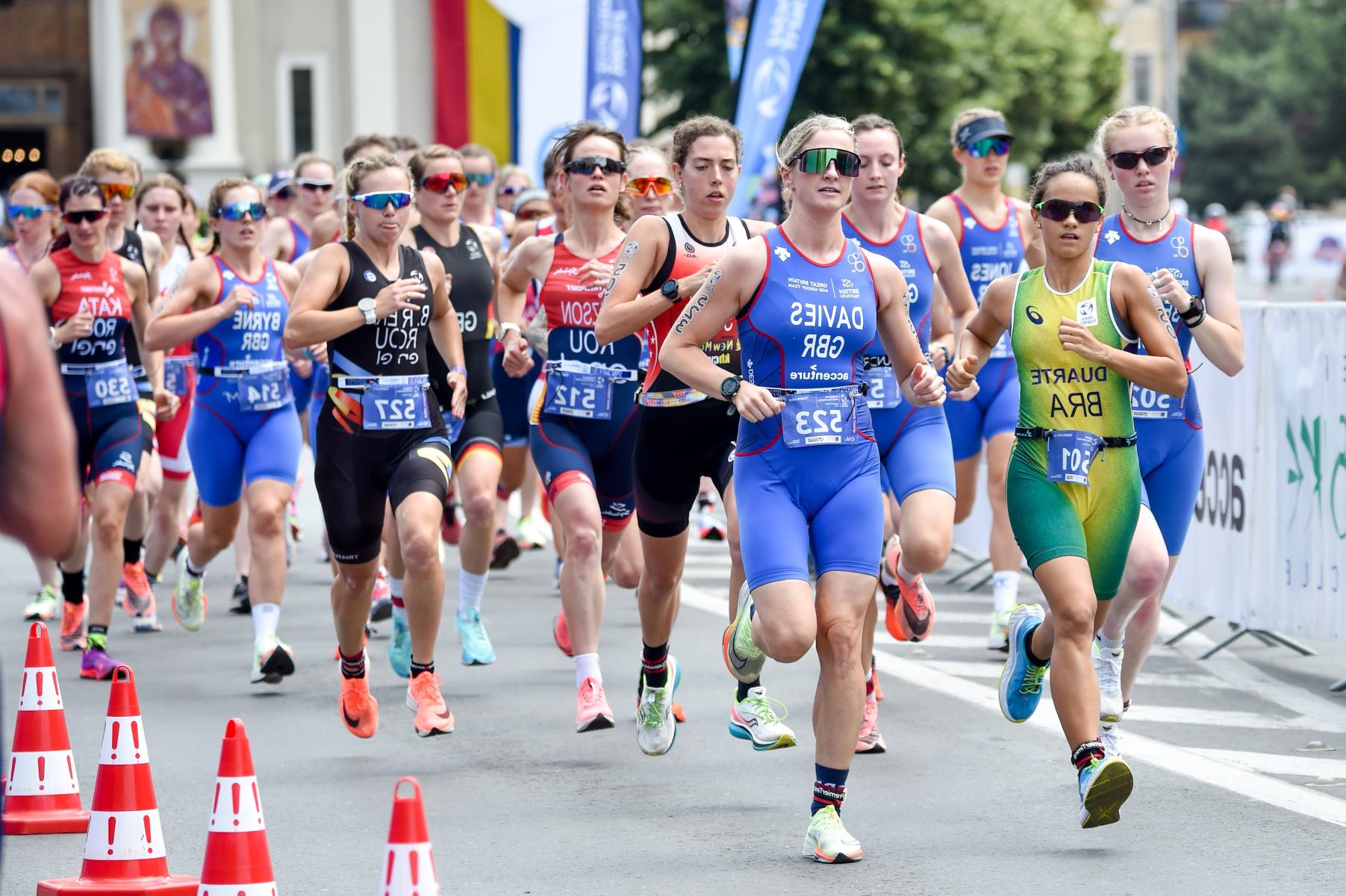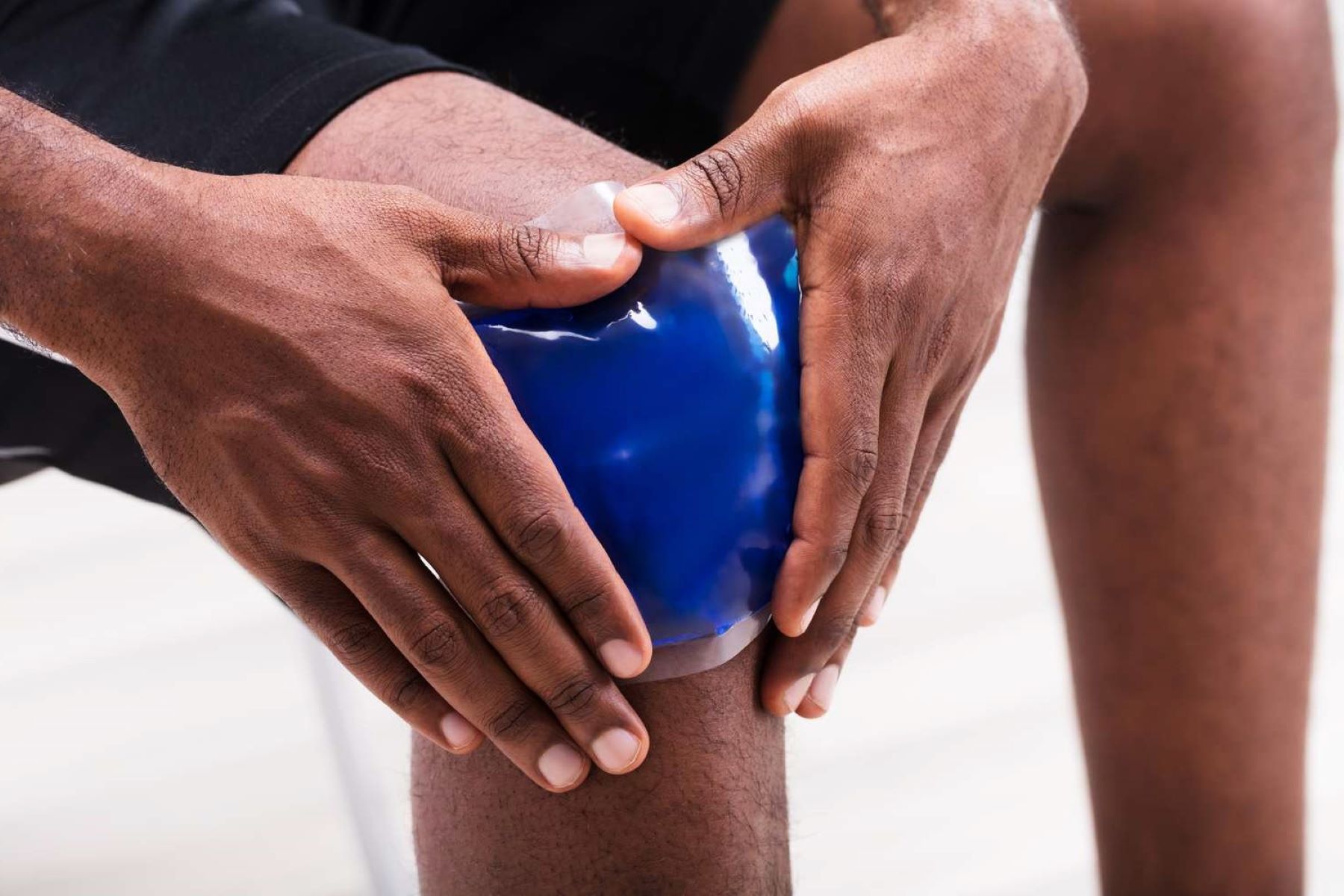Home>Health & Nutrition>Recovery>The Fascination Of Athletes With Cupping: An Exploration
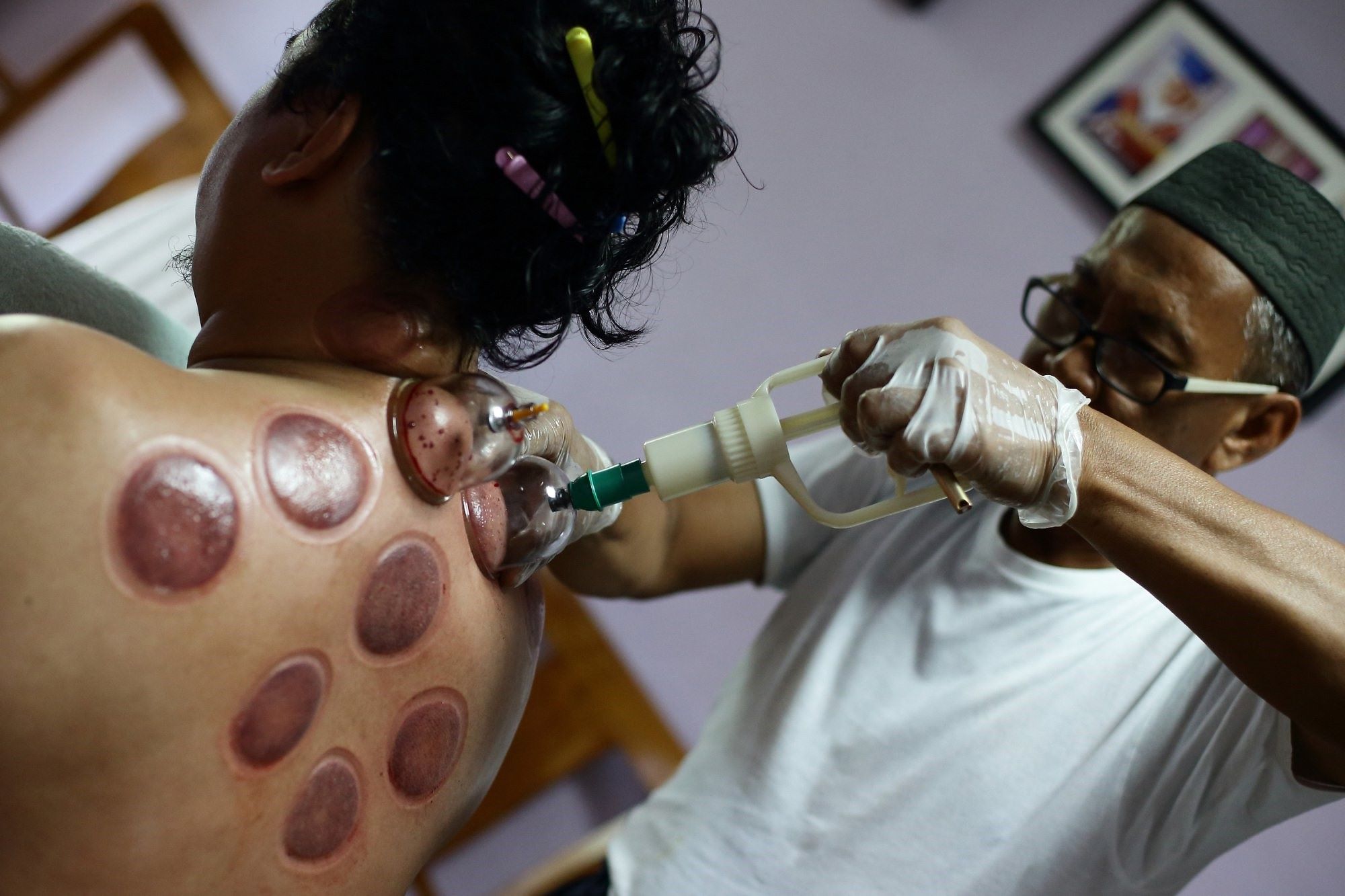

Recovery
The Fascination Of Athletes With Cupping: An Exploration
Published: February 26, 2024
Discover the allure of cupping for athlete recovery in this exploration of its benefits and impact on performance. Explore the fascination with cupping therapy.
(Many of the links in this article redirect to a specific reviewed product. Your purchase of these products through affiliate links helps to generate commission for Therunningadvisor.com, at no extra cost. Learn more)
Table of Contents
The History of Cupping in Athletics
Cupping therapy, an ancient practice that involves placing cups on the skin to create suction, has a long and intriguing history in the world of athletics. Dating back to ancient Egyptian, Chinese, and Middle Eastern cultures, cupping was initially used as a form of alternative medicine to treat various ailments and promote overall well-being. However, its integration into the realm of sports and athletic performance has sparked curiosity and fascination among athletes and sports enthusiasts alike.
In ancient times, cupping was employed as a means to alleviate muscle soreness, enhance circulation, and promote faster recovery from physical exertion. Athletes, particularly warriors and gladiators, sought the therapeutic benefits of cupping to maintain peak physical condition and expedite their healing process after enduring rigorous training and combat. The practice was deeply rooted in traditional medicine and was revered for its potential to optimize physical performance and expedite recovery.
As civilizations evolved, so did the application of cupping in athletics. In traditional Chinese medicine, cupping became an integral component of holistic healing and injury rehabilitation for martial artists, acrobats, and athletes participating in ancient sports competitions. The technique was believed to balance the body's vital energy, or qi, and restore harmony to the musculoskeletal system, thereby enhancing athletic prowess and resilience.
Fast forward to the modern era, and cupping has experienced a resurgence in popularity within the athletic community. With advancements in sports science and a growing emphasis on holistic wellness, athletes have rediscovered the potential benefits of cupping therapy in optimizing their physical and mental well-being. Professional athletes across various disciplines, from track and field to swimming and gymnastics, have incorporated cupping into their training regimens to support muscle recovery, alleviate tension, and enhance overall performance.
The historical journey of cupping in athletics reflects the enduring allure of ancient healing practices in the contemporary sports landscape. As athletes continue to seek innovative methods to gain a competitive edge and prioritize their well-being, the legacy of cupping endures as a testament to the enduring quest for peak physical and mental performance.
In the next section, we will delve into the physical and mental benefits of cupping for athletes, shedding light on the profound impact of this time-honored therapy on athletic excellence and holistic wellness.
The Physical and Mental Benefits of Cupping for Athletes
Cupping therapy has garnered attention in the athletic community due to its potential to confer a myriad of physical and mental advantages to athletes. These benefits extend beyond mere muscle recovery, encompassing a holistic approach to enhancing athletic performance and overall well-being.
Physical Benefits
1. Muscle Recovery and Pain Relief
Cupping therapy is renowned for its ability to expedite muscle recovery and alleviate muscular discomfort. By creating suction on the skin, cupping promotes blood flow to the targeted areas, facilitating the removal of metabolic waste and enhancing the delivery of oxygen and nutrients to the muscles. This accelerated circulation can aid in reducing muscle soreness and expediting the repair of micro-tears in the muscle fibers, thereby supporting faster recovery after intense training or competition.
2. Improved Flexibility and Range of Motion
Athletes often grapple with tightness and restricted mobility, which can impede their performance and increase the risk of injury. Cupping therapy, through its myofascial decompression effect, can help release tension in the soft tissues, promoting enhanced flexibility and range of motion. This can be particularly beneficial for athletes engaged in sports that demand agility, such as gymnastics, martial arts, and basketball.
3. Injury Rehabilitation and Prevention
In addition to aiding in post-exertion recovery, cupping therapy has been embraced as a complementary modality for injury rehabilitation and prevention. Athletes recovering from musculoskeletal injuries, such as strains, sprains, or tendonitis, may find relief through targeted cupping sessions, which can help reduce inflammation, promote tissue healing, and prevent the formation of adhesions in the affected areas.
Mental Benefits
1. Stress Reduction and Relaxation
The demands of competitive sports can subject athletes to significant mental and emotional stress. Cupping therapy, with its gentle and soothing nature, can serve as a valuable tool for stress reduction and relaxation. The calming effect of cupping sessions can provide athletes with a respite from the pressures of training and competition, fostering a sense of tranquility and mental rejuvenation.
2. Enhanced Mental Focus and Clarity
Athletic performance is not solely reliant on physical prowess; mental acuity and focus play a pivotal role in achieving peak performance. Cupping therapy's potential to promote relaxation and alleviate mental fatigue can contribute to enhanced mental clarity and focus, enabling athletes to maintain a heightened state of concentration during training and competition.
In essence, the physical and mental benefits of cupping for athletes underscore its multifaceted impact on athletic performance and holistic well-being. By addressing both the physiological and psychological aspects of athletic excellence, cupping therapy has emerged as a compelling adjunct to conventional sports training, offering athletes a holistic approach to optimizing their physical and mental resilience.
In the subsequent section, we will delve into the scientific underpinnings of cupping therapy, unraveling the mechanisms that underlie its profound effects on the athlete's body and mind.
The Science Behind Cupping Therapy
Cupping therapy, often steeped in ancient tradition, has piqued the curiosity of modern science, prompting researchers to unravel the physiological mechanisms that underpin its therapeutic effects. At its core, cupping therapy operates on the principle of creating localized suction on the skin, which triggers a cascade of physiological responses within the body.
Read more: The Heart Of A Runner: 5 Fascinating Facts
Mechanism of Action
When the cups are applied to the skin and suction is initiated, the underlying tissues are gently drawn upwards, creating a negative pressure environment. This negative pressure stimulates the dilation of blood vessels, leading to increased blood flow to the targeted area. The augmented blood circulation serves as a conduit for the removal of metabolic waste products, such as lactic acid, and facilitates the delivery of oxygen and nutrients to the muscles and soft tissues.
Furthermore, the suction effect of cupping therapy is believed to induce a mechanical separation of the layers of soft tissue, known as myofascial decompression. This separation can help release adhesions and restrictions within the fascia, promoting enhanced flexibility and mobility. Additionally, the mechanical stimulation of the skin and underlying tissues during cupping can elicit a neurophysiological response, potentially modulating pain perception and promoting relaxation.
Physiological Responses
Scientific investigations into cupping therapy have unveiled compelling physiological responses that underscore its therapeutic potential. Studies have demonstrated that cupping can elicit anti-inflammatory effects, with a reduction in pro-inflammatory cytokines and an increase in anti-inflammatory markers observed in the local tissues following cupping sessions. This anti-inflammatory milieu can be particularly beneficial for athletes recovering from musculoskeletal injuries or managing chronic inflammatory conditions.
Moreover, the localized increase in blood flow induced by cupping can contribute to the activation of the body's natural healing processes. The heightened circulation can accelerate tissue repair and regeneration, aiding in the resolution of microtrauma within the muscles and promoting expedited recovery following intense physical exertion.
Neurological and Psychological Impact
Beyond its physical effects, cupping therapy has been found to exert neurological and psychological influences. The gentle suction and manipulation of the skin during cupping can stimulate sensory receptors, eliciting a calming and analgesic response. This sensory stimulation may contribute to the modulation of pain signals, offering relief from muscular discomfort and tension.
Furthermore, the relaxation-inducing properties of cupping therapy can engender a state of mental tranquility, potentially reducing stress and anxiety levels in athletes. The interplay between the physical and psychological dimensions of cupping underscores its holistic impact on the athlete's well-being, aligning with the growing recognition of the interconnectedness of mind and body in sports performance.
In essence, the scientific exploration of cupping therapy has unveiled a tapestry of physiological, neurological, and psychological responses that illuminate its potential as a valuable adjunct to conventional sports training and injury rehabilitation. As research in this field continues to evolve, the integration of cupping into the realm of sports medicine holds promise for optimizing athletic performance and fostering holistic wellness among athletes.
The Different Types of Cupping Techniques Used by Athletes
Cupping therapy encompasses a diverse array of techniques, each offering unique applications and therapeutic benefits for athletes seeking to optimize their physical performance and well-being. These techniques, rooted in tradition and adapted to modern sports medicine, cater to the varied needs and preferences of athletes, providing targeted solutions for muscle recovery, injury rehabilitation, and overall athletic enhancement.
-
Dry Cupping: This traditional form of cupping involves creating suction on the skin using glass, silicone, or plastic cups. Once the vacuum is established, the cups are left in place for a specified duration, typically ranging from 5 to 15 minutes. Dry cupping is favored by athletes for its ability to promote localized blood circulation, alleviate muscle tension, and facilitate the release of adhesions within the soft tissues.
-
Wet Cupping: Also known as "bleeding cupping," this technique involves a two-step process. Initially, dry cupping is performed to create suction on the skin, followed by the removal of the cups and superficial incisions made at the cupping sites. The subsequent application of suction serves to draw out a small quantity of blood, believed to expel stagnant or impure blood from the body. Wet cupping is purported to promote detoxification and enhance the body's natural healing processes, making it a compelling option for athletes seeking comprehensive rejuvenation and injury recovery.
-
Fire Cupping: In fire cupping, a flame is briefly introduced into the cup to heat the air within, creating a vacuum when the flame is removed and the cup is swiftly placed on the skin. The gentle warmth generated by fire cupping can enhance the therapeutic effects of the treatment, promoting deep relaxation and stimulating blood flow to the targeted areas. Athletes may find fire cupping particularly beneficial for addressing muscular tightness and promoting overall relaxation.
-
Massage Cupping: This technique integrates cupping with manual massage, offering a dynamic approach to addressing muscular tension and promoting tissue mobilization. By applying massage oil to the skin and maneuvering the cups in a gliding motion, massage cupping can effectively target specific muscle groups and facilitate myofascial release. Athletes often appreciate the combined benefits of cupping and massage, as it offers a comprehensive approach to enhancing flexibility, alleviating muscle soreness, and promoting overall recovery.
-
Flash Cupping: Flash cupping, also referred to as "sliding cupping," involves the application of oil to the skin, followed by the rapid movement of the cups across the targeted areas. This technique is characterized by its dynamic and invigorating nature, as the cups are swiftly glided along the muscles, creating a stimulating and mobilizing effect. Flash cupping is favored by athletes seeking to invigorate their muscles, enhance circulation, and promote a sense of revitalization following intense physical exertion.
The diverse repertoire of cupping techniques available to athletes reflects the adaptability and versatility of this ancient therapy in the modern sports landscape. By tailoring the choice of cupping technique to their specific needs and objectives, athletes can harness the potential of cupping therapy to optimize their physical resilience, expedite recovery, and elevate their overall athletic performance.
The Controversy Surrounding Cupping in the Sports World
The integration of cupping therapy into the realm of sports has not been devoid of controversy, eliciting diverse perspectives and raising pertinent questions within the athletic community. While many athletes and sports professionals extol the potential benefits of cupping in enhancing recovery and performance, the practice has also encountered skepticism and scrutiny, giving rise to a nuanced discourse surrounding its efficacy and ethical considerations.
One of the primary points of contention revolves around the scientific substantiation of cupping therapy's purported benefits. Skeptics argue that the empirical evidence supporting the efficacy of cupping in enhancing athletic performance and expediting recovery remains inconclusive. The lack of robust, large-scale clinical trials and empirical data has prompted skepticism regarding the tangible impact of cupping on athletic outcomes, leading some to question its validity as a bona fide sports enhancement modality.
Furthermore, the conspicuous marks or discolorations left on the skin post-cupping, commonly referred to as "cupping marks" or petechiae, have sparked aesthetic concerns and raised apprehensions regarding their public visibility. In the image-conscious realm of professional sports, where athletes are often in the spotlight, the presence of these marks has prompted debates about their potential impact on an athlete's public image and brand representation. The visibility of cupping marks has led to discussions about the need for discretion and privacy in the application of cupping therapy, particularly in high-profile sporting events and media appearances.
Ethical considerations have also permeated the discourse surrounding cupping in sports, particularly concerning the potential use of cupping as a performance-enhancing intervention. While proponents emphasize the therapeutic and rehabilitative aspects of cupping, questions have been raised about the ethical boundaries of utilizing alternative therapies that may confer a competitive advantage. The ambiguity surrounding the classification of cupping as a performance-enhancing modality has fueled ethical deliberations within the sports community, prompting calls for transparent guidelines and regulations governing its use in competitive sports.
Amidst the controversy, proponents of cupping advocate for a balanced and evidence-informed approach, emphasizing the need for rigorous scientific inquiry and responsible application within the sports domain. They underscore the potential of cupping therapy to complement conventional sports medicine practices, offering athletes a holistic avenue for recovery and well-being. Additionally, proponents highlight the historical and cultural significance of cupping, advocating for a nuanced understanding of its traditional roots and contemporary relevance in sports performance.
The controversy surrounding cupping in the sports world underscores the complex interplay of scientific scrutiny, ethical considerations, and cultural perspectives in evaluating alternative modalities within the athletic domain. As the discourse continues to evolve, the integration of cupping therapy into sports medicine warrants ongoing dialogue and critical appraisal, with the aim of fostering informed decision-making and ethical practice within the dynamic landscape of athletic performance and well-being.
The Future of Cupping in Athletic Performance
The future of cupping in athletic performance holds promise for continued evolution and integration within the realm of sports medicine. As athletes, sports professionals, and researchers delve deeper into the potential benefits and applications of cupping therapy, several compelling trends and developments are poised to shape its trajectory in the athletic domain.
1. Advancements in Research and Evidence-Based Practice
The future of cupping in athletic performance is intrinsically linked to the ongoing advancements in scientific research and evidence-based practice. As the demand for empirical validation of alternative therapies grows, researchers are poised to conduct rigorous studies to elucidate the physiological mechanisms and clinical outcomes associated with cupping therapy. Large-scale clinical trials, mechanistic investigations, and longitudinal studies are anticipated to provide valuable insights into the specific effects of cupping on athletic recovery, injury rehabilitation, and performance optimization. This evidence-based approach will serve to inform best practices and guidelines for the judicious application of cupping within the athletic context, fostering a foundation of credibility and efficacy.
2. Integration into Sports Medicine Protocols
The future landscape of cupping in athletic performance is characterized by its integration into comprehensive sports medicine protocols. With a growing recognition of the multifaceted benefits of holistic wellness in athletic excellence, cupping therapy is poised to be embraced as an integral component of injury prevention, recovery optimization, and performance enhancement strategies. Sports medicine practitioners, including physiotherapists, athletic trainers, and sports physicians, are likely to incorporate cupping into their repertoire of therapeutic modalities, tailoring its application to address the unique needs and challenges faced by athletes across diverse sports disciplines.
3. Customized and Targeted Applications
As the future unfolds, the customization and targeted application of cupping techniques are anticipated to gain prominence in athletic performance enhancement. Athletes, in collaboration with skilled cupping practitioners, will have the opportunity to tailor their cupping sessions to address specific areas of muscular tension, promote recovery from sport-specific demands, and optimize their overall physical resilience. The nuanced application of cupping, informed by the athlete's training regimen, competition schedule, and individual physiological considerations, will underscore its role as a personalized and adaptive modality within the athlete's holistic wellness toolkit.
4. Ethical and Regulatory Frameworks
The future integration of cupping in athletic performance is poised to be accompanied by the development of ethical and regulatory frameworks that govern its responsible use within the sports domain. Transparent guidelines, ethical considerations, and professional standards will be established to delineate the appropriate application of cupping therapy, ensuring that it aligns with the principles of fair play, athlete well-being, and competitive integrity. This proactive approach to ethical governance will serve to mitigate concerns surrounding the potential misuse or misrepresentation of cupping as a performance-enhancing intervention, fostering a climate of ethical practice and informed decision-making within the athletic community.
In essence, the future of cupping in athletic performance is characterized by a convergence of scientific inquiry, clinical integration, personalized applications, and ethical stewardship. As cupping therapy continues to carve its niche within the dynamic landscape of sports medicine, its evolution holds the potential to enrich the athletic experience, optimize recovery pathways, and elevate the holistic well-being of athletes across the global sports arena.

